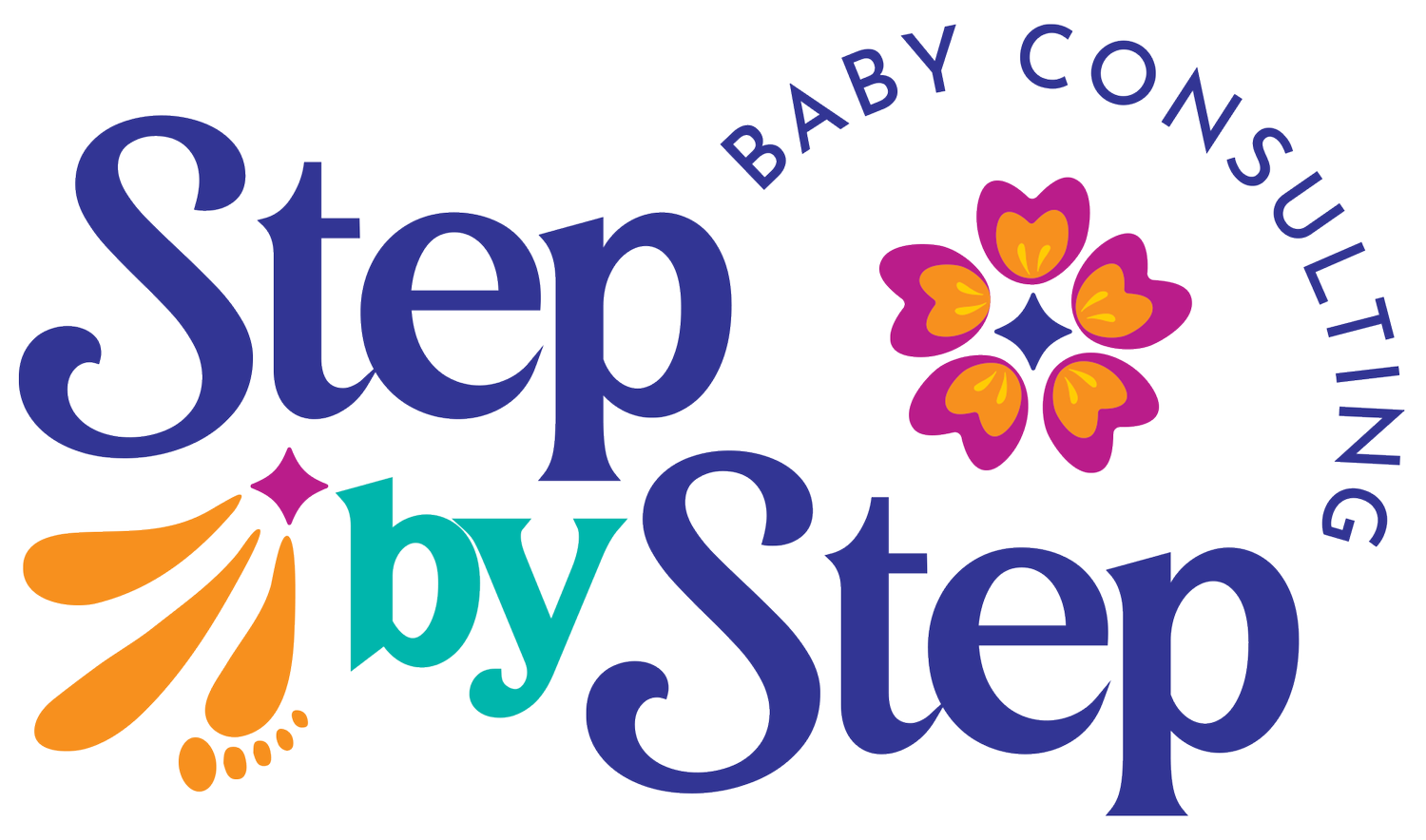Sleep Training 101
I know you must be asking, “what is sleep training?” I know I asked the same question. Yes, I had read about it in pregnancy and maternity books, yet everything I read was opinion based and let me tell you they were not for it. Once my struggles with my sons sleep really set in, I was so conflicted. Everything I read, listed all the negative affects sleep training had on children, caused stress, high levels of cortisol, trust issues, attachment issues, behavioral issues and so on. So, I did what any normal mom would do, I asked the pediatrician for advice and that got me absolutely no where. I was again stuck in the same place I was in! A place filled with guilt, shame and resentment; it was a terrible place to be in, but I didn’t know what to do.
I started asking family and friends how did they get their children sleeping? And the responses where everywhere! Some did car rides, child wearing, dream feeds, bed-sharing, herbal teas, lettuce baths, melatonin drops and lavados de huevos (probably one of my favorites, hahaha). The list of desperate attempts to get their children to sleep was endless, yet no one mentioned sleep training.
Was sleep training seriously that horrible? It’s disappointing to say but many parents think it is, because everything they read or hear is opinion based. The truth is that there is actual scientific evidence that proves sleep training will not harm your child. These studies prove that although sleep is natural, we as parents still need to teach our children how to sleep, just like crawling, walking and using the bathroom. So again, why is sleep training so controversial? Because most parents think the only sleep training method is the “Cry-it-Out”, when in reality there are more. In fact, all sleep training methods fall into the following categories:
High Parental Involvement: Involves parents that want to be hands on with teaching their child to sleep. This can be achieved by either picking up, holding, touching or speaking to their child during the learning process. These parents want to be active participants in their child’s sleep journeys.
Moderate Parental Involvement: Involves parents that want to be present but do not necessarily want to be as hands on, with teaching their child to sleep. This can be achieved by being in the same room, yet occasionally offering their voice and touch to their child during the learning process. These parents want to be moderate participants in their child’s sleep journeys.
Low Parental Involvement: Involves parents that do not want to be present when teaching their child to sleep. This can be achieved by not being in the same room, this gives the child the space and time, they need during the learning process. These parents want to be low participants in their child’s sleep journeys.
Within each category there are 1-2 methods, which I won’t list. You’re probably thinking why won’t I list them? Well I won’t list them because, every method looks different for every family, because I modify the method to suit you, your child and your family. I do this because every child is unique, with their own personality and temperament and so is every parent and family.
So, I am here to tell you that sleep training will not damage your child (if you would like the scientific studies that prove this, please send me an email and I will gladly get them to you) and that the “Cry-it-Out” method is not the only method for sleep training. The time of parent shaming, and parent guilt is over! I am here to tell you, that you and your little one needs and deserves sleep, and I am here to help you get it!


